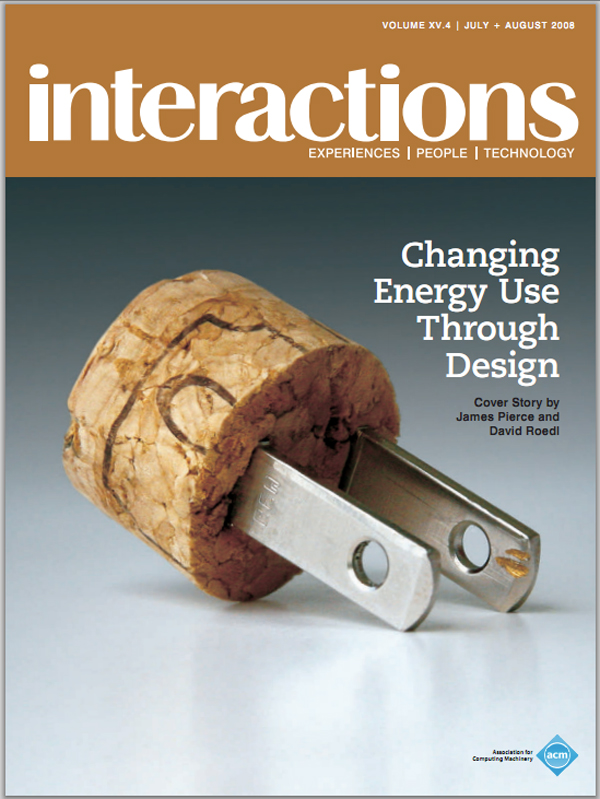Authors:
David Bishop
As designers and usability experts, we have always claimed that we "tame complexity." What does that mean? Are we removing the complexity, rearranging it, hiding it, or resolving it in some other way? Depending on the situation, the answer is that all of these methods come into play. We remove, rearrange, and hide, but complexity never really disappears. Designing usable interfaces requires discipline to remove features in some cases, to organize others so they can be found and used, and to shift complexity away from users to more-appropriate places. Is the complexity necessary? It often is. In many technologies…
You must be a member of SIGCHI, a subscriber to ACM's Digital Library, or an interactions subscriber to read the full text of this article.
GET ACCESS
Join ACM SIGCHIIn addition to all of the professional benefits of being a SIGCHI member, members get full access to interactions online content and receive the print version of the magazine bimonthly.
Subscribe to the ACM Digital Library
Get access to all interactions content online and the entire archive of ACM publications dating back to 1954. (Please check with your institution to see if it already has a subscription.)
Subscribe to interactions
Get full access to interactions online content and receive the print version of the magazine bimonthly.







Post Comment
No Comments Found